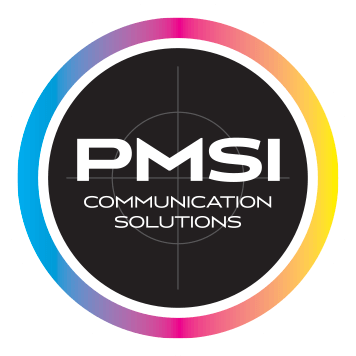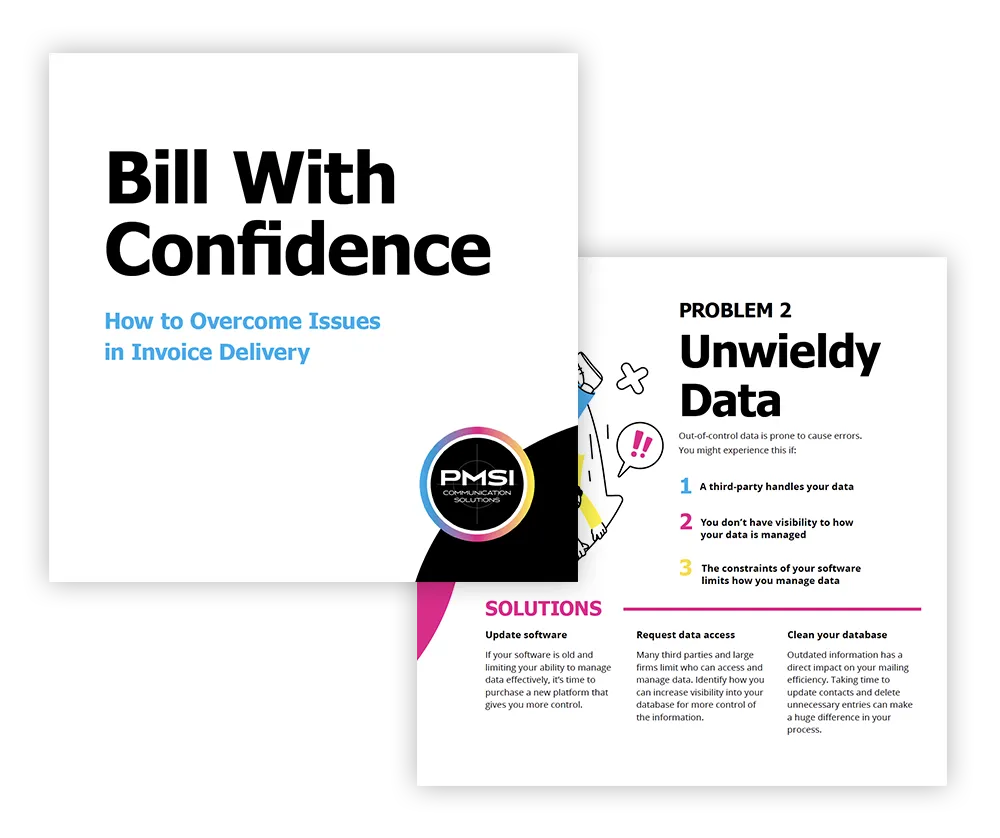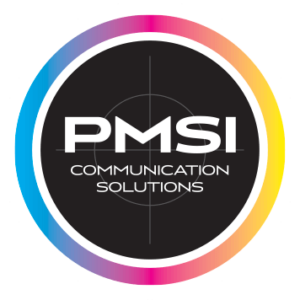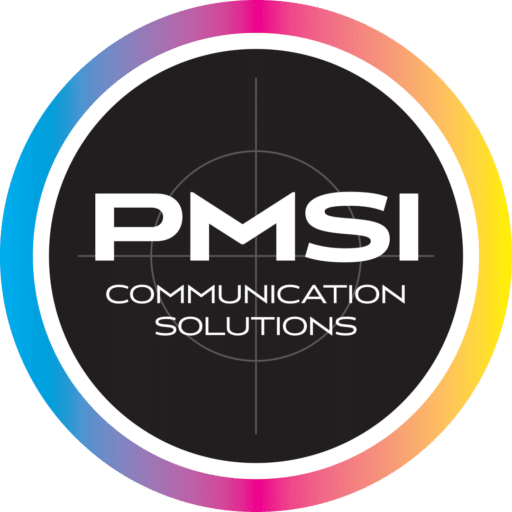Utility companies face the challenge of effectively communicating with a diverse customer base. While digital solutions offer cost savings, speed, and convenience, many customers still prefer the tangible nature of physical mail. With more than three-quarters of Americans using some form of digital payment, balancing these needs is key to improving customer experience, ensuring regulatory compliance, and driving operational efficiency.
This article explores how utilities can bridge the gap between paper and digital, leveraging the best of both worlds to meet customer expectations and enhance service delivery.
Transactional Mailing in the Utilities Industry
Transactional mailing is essential in the utilities industry, ensuring timely and accurate customer communications. Utility companies use various methods, including physical and electronic delivery, to provide crucial information such as bills, statements, and notifications.
Electronic delivery offers several advantages. It can reduce costs associated with postage and paper, contributing to more sustainable practices. Additionally, it allows for enhanced personalization, enabling utility companies to tailor communications based on customer preferences. This personalization can improve customer satisfaction and engagement, strengthening relationships and fostering loyalty.
However, physical mail still holds significant value. Many customers prefer receiving printed bills and statements, finding them easier to manage and reference. Printed mail ensures that all customers, regardless of their access to, or comfort with, digital technology receive important information. It also offers a tangible touchpoint that can reinforce the utility company’s brand and presence in the customer’s daily life.
In terms of regulatory compliance, both physical and electronic deliveries must adhere to strict industry-specific regulations and data protection laws. Ensuring compliance protects the company and its customers, maintaining trust and reliability.
By balancing physical and electronic delivery methods, utility companies can meet diverse customer needs, enhance engagement, and ensure regulatory compliance, ultimately leading to more efficient and effective operations.
Bridging the Gap Between Paper and Digital
Bridging the gap between paper and digital is more important than ever. As organizations work to improve efficiency, accessibility, and sustainability, integrating these platforms offers substantial benefits. Here are some reasons why combining paper and digital systems is important for modern businesses:
- Enhanced Accessibility: Combining paper and digital platforms enhances accessibility, allowing quick and easy access to information from anywhere. This is especially valuable in today’s remote work environment where virtual collaboration is key.
- Improved Efficiency: Integrating paper and digital systems boosts efficiency. Digital technology automates processes, reducing time spent on tasks like data entry and document retrieval. Digitizing paper-based information allows for easy search, organization, and sharing, saving time for more important tasks.
- Cost Savings: Bridging the gap between paper and digital can lead to significant cost savings. Digital storage reduces the need for physical space and paper supplies. Features like electronic signatures eliminate printing and mailing costs, further reducing expenses.
- Environmental Benefits: Reducing paper usage through digital integration helps preserve forests and decrease waste. It also cuts down on the energy consumption associated with paper production, printing, and transportation, contributing to sustainability.
- Seamless Integration: Ensuring a smooth transition from paper to digital is crucial. Gradual implementation, along with proper training and support, allows for seamless integration without disrupting existing workflows. This approach helps individuals adapt to new technologies at their own pace.
Reach a Wider Range of Customers
Utilizing a mix of traditional and digital marketing strategies can effectively expand your customer base and increase brand visibility.
Social Media Marketing: Platforms like Facebook, Instagram, and Twitter enable businesses to connect with a broader audience. Creating compelling content and running targeted ad campaigns help engage potential customers and reach the right people at the right time.
Print Mail Campaigns: Print mail remains a powerful tool for customer engagement. Personalized direct mail campaigns can reach customers directly, making a tangible impact. Combining print with digital strategies, such as QR codes or personalized URLs, can enhance response rates and track engagement.
Data Analytics: Analyzing data from various sources like website traffic, social media interactions, and customer feedback provides valuable insights into customer preferences and demographics. This information helps tailor marketing efforts and create personalized experiences.
Customer Segmentation: Segmenting your audience refines your marketing strategy. Effective segmentation methods include:
- Geographic Segmentation: Dividing the audience by location.
- Demographic Segmentation: Focusing on factors like age, gender, and income.
- Psychographic Segmentation: Considering attitudes, lifestyles, and interests.
- Behavioral Segmentation: Analyzing purchasing behavior and product usage.
By combining these strategies and leveraging data analytics, you can effectively reach a wider range of customers and grow your business. Stay tuned for more tips and insights on successfully expanding your customer base.
Improve Communication with Underserved Communities
Effective communication with underserved communities ensures everyone can access important information and resources. By implementing targeted outreach programs, using culturally sensitive messaging, employing community liaisons, and providing language assistance services, we can bridge communication gaps and meet the unique needs of these communities.
Targeted Outreach Programs: Designing outreach initiatives specifically for underserved communities can foster meaningful engagement. This includes hosting community events, partnering with local organizations, and leveraging social media platforms popular within the community.
Culturally Sensitive Messaging: Understanding the values, beliefs, and language preferences of underserved communities is crucial. Crafting messages with inclusive language, cultural references, and relatable visuals can make communication efforts more effective and resonate better with the audience.
Community Liaisons: Employing community liaisons can significantly improve communication. These individuals, who are part of the community, act as a bridge between organizations and the underserved population. They understand the community’s unique needs and cultural nuances, helping to tailor communication strategies accordingly.
Language Assistance Services: Overcoming language barriers is vital. Providing translation services, interpreters, and multilingual materials ensures that information is accessible to those who do not speak English as their primary language.
Implementing Digital Services for Transactional Mailing
As companies move towards digitalization, they seek ways to streamline operations, enhance customer experience, and improve efficiency. Digital services offer numerous benefits, including faster delivery, reduced costs, and greater accessibility. Here’s why you should embrace this technological advancement.
Streamlining Operations:
- Automating the transactional mailing process—from document creation to delivery—saves time and resources.
- Eliminating manual tasks allows employees to focus on higher-value activities.
Enhancing Customer Experience:
- Digital services provide personalized and interactive transactions.
- Customers can conveniently access invoices, statements, and other documents online.
- Secure online payment platforms offer a seamless and hassle-free experience.
Improving Efficiency:
- Digital services reduce costs associated with printing, paper, and postage.
- Businesses can track and analyze customer interactions, gaining insights to improve offerings.
Embracing Technological Advancements:
- Integrating digital services demonstrates a commitment to innovation and sustainability.
- Staying ahead with digital communication helps businesses remain competitive.
Implementing digital services for transactional mailing is not just about efficiency—it’s about positioning your business for future success.
Developing mobile apps for bill payment and account management
Creating mobile apps for bill payment and account management involves careful planning and execution to ensure a seamless user experience. Here are the key steps:
- Define Features and Functionalities: Identify essential features like bill payment, balance tracking, transaction history, and customer support. Ensure these are intuitive and easy to use.
- Prioritize Security: Implement robust security measures such as encryption, secure logins, and two-factor authentication. Regularly update these protocols to protect sensitive data.
- Create a User-Friendly Interface: Design a simple, intuitive interface with clear labels and visual cues. Optimize for iOS and Android platforms, incorporating features like auto-fill to streamline the payment process.
- Integrate Payment Systems: Collaborate with reliable payment gateway providers to ensure secure and efficient transactions.
- Test Rigorously: Conduct thorough testing to identify and fix bugs. Use automation tools and test on various devices to ensure compatibility and performance.
- Launch and Maintain: Release the app on major app stores and promote it to your target audience. Continuously monitor feedback, making updates and improvements to enhance user satisfaction.
By following these steps, you can develop a secure, user-friendly mobile app for bill payment and account management, providing a seamless experience for your customers.
Enhancing Online Content for Customer Education
Providing informative and engaging content is essential for educating customers about ACH payments and wire transfers. This empowers them to make informed decisions and use these financial services effectively.
Cultivating Customer Engagement: Digital and social media technologies present challenges and opportunities in customer engagement. The challenge is capturing and retaining attention amid abundant online content. However, this also allows leveraging new technologies and strategies to maximize value creation.
Creating Readable and Engaging Content: Ensure your content is easy to read and understand by using short sentences and paragraphs, as well as bullets and subheads. A friendly, familiar tone makes the information more relatable.
Direct Communication: Use active voice and write in the first person to communicate directly with readers. Keep content concise by omitting unnecessary explanations and avoiding repetition.
Role of Digital-First Public Experience in Transactional Mailing
As businesses shift to online platforms, delivering high-quality digital experiences in transactional mailing becomes essential for customer satisfaction and trust.
Improving Customer Experience: Embracing a digital-first approach enhances convenience and ease of use. Customers can access important documents and information anytime, anywhere, from any device, making interactions and transactions more seamless.
Enhancing Satisfaction: A smooth digital experience with clear interfaces, quick response times, and personalized communication significantly boosts customer satisfaction. This makes it easier and more enjoyable for customers to engage with the organization.
Building Trust: Prioritizing digital security, privacy, and reliability helps build customer trust. When customers feel confident their sensitive information is protected, they are more likely to trust and stay loyal to the organization.
By focusing on these aspects, you can greatly improve your digital-first public experience, fostering better customer relationships and enhancing overall satisfaction.
Final Thoughts
By integrating both physical and digital methods in transactional mailing, you can cater to a wider range of customer preferences, ensuring everyone receives the information they need in the format they prefer. This balanced approach not only enhances customer satisfaction but also improves operational efficiency and sustainability. Embracing both platforms allows you to stay competitive, compliant, and connected with your customers.
Ready to enhance your transactional mailing strategy and bridge the gap between paper and digital? Contact us today to learn how we can help you streamline operations, improve customer satisfaction, and stay ahead of the curve.





